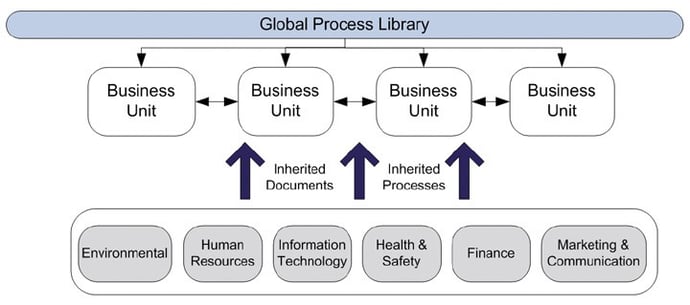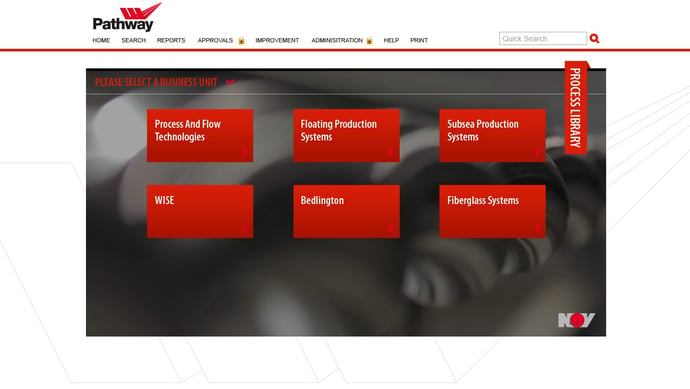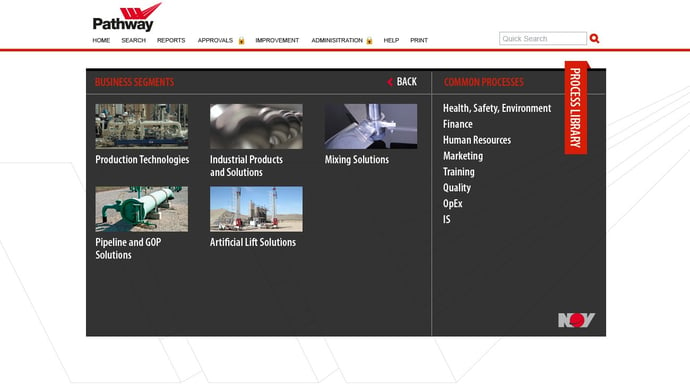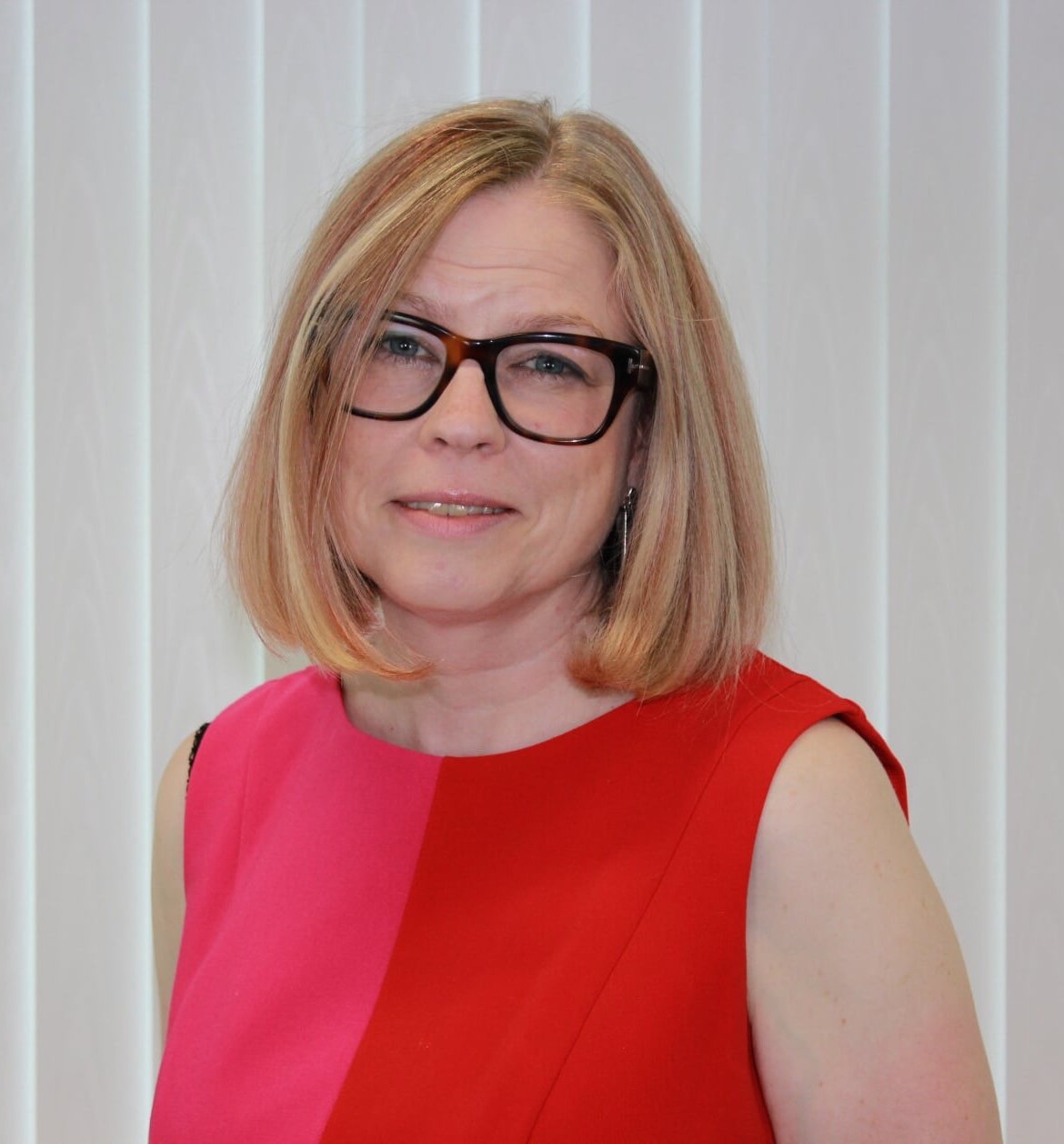“How can I structure my Business Process Management (BPM) system to share core processes with the entire organisation but also give each business unit access to their own specific process information?”
This is a common question asked by Quality and Improvement managers from organisations where each business unit or business area is quite independent, but core functions such as HR and Finance, support the whole business. In this article I explore how best to do this.
Why BPM system structure matters
It makes a great deal of sense to structure your BPM system so that core functions delivered according to a standardised process, are accessible and accessed by the whole organisation whilst business units which have individual ways of working, are kept separate.
In fact if this isn’t done, the end-to end core functions, such as HR, have to be repeated for each business unit. This is obviously inefficient (repetition of the same information several times) and also easily leads to inconsistencies between the business areas - even for core functions, which should be standardised to best practice.
In addition, your BPM system will be of most benefit if it is structured so that the cross functional relationship between business units is represented, thereby modelling the end-to-end process across the organisation. This is because customers and suppliers generally don’t have a relationship with just one business unit. They have a relationship with the whole organisation and the better the end-to end process is understood, the more easily it can be improved.
So if you are an organisation where:
- Business Units are quite independent and each have their own ways of working
- The relationship with the customer/supplier involves more than one Business Unit, so there is a need to understand the end-to-end process across the organisation
- Core functions such as HR and Finance support all of the Business Units, with a standardised process
It is important to structure your BPM system to share core processes with the entire organisation, but give each business unit access to their own specific process information – whilst at the same time clearly showing the links between them.
How to best structure your BPM system: Core vs business unit processes
The Triaster platform, allows each business unit to set up a Process Library (secure website) containing that business units own processes, which they (and only they) are able to capture and update.
Maps within each library are able to link, both within the Business Unit library and across other Business Unit libraries, where they form part of a cross-functional process.
Core functions such as HR and Finance have their own libraries, containing their own internal processes. These usually need to be confidential. However, the standardised core processes which support all the Business Units (e.g. the expenses claim process) are accessible from each of the Business Unit specific libraries, so that users of each Business Unit specific library can access all the processes that they might need (both Business Unit specific and core) from just one place.
Business Units are not able to alter core processes that they don't own. So for example, only Finance can alter the expenses claim process and not Marketing and Communications, even though Marketing and Communications will be able to access the expenses claim process from their own library.
Search only returns results for the library searched. So for example, anyone searching for 'working at height' in the Civil Engineering Library (for example) only has results returned from that library and not from the Utilities 'working at height' process from the Utilities' Library. There is however, the option to search across all libraries - a global search - should the end user want to view all available business processes.
At Triaster we call this Multiple Library Architecture.
The Benefits
Multiple Library Architectures ensure that:
- End users can easily and quickly find all the information that is relevant to them (and only that information)
- The creation, maintenance and ownership of process documentation remains with the relevant Business Unit/Core Function
- At the same time, standardisation is supported where appropriate
- There is a central platform or mechanism for the entire business to collaborate, communicate and improve their end-to-end processes
Triaster recommended set up
Triaster recommends setting up a Multi Library Architecture as follows:
- A top level, global Process Library is set up, that enables search functionality across all Live library content and acts as a channel to each individual library (Business Unit and Core Function). It is often designed to represent the business as a whole.
- Process Libraries are set up for each Business Unit and Core Function, which 'hang' from the Global Library. Each Business Unit/Core Function Process Library is wholly independent and is controlled by its own Library Administrator. Each Library has its own homepage designed for the Business Unit/Core Function area it represents.

A simpler alternative
Whilst Multiple Library Architecture gives optimal benefits, if you are getting started with implementing a BPM system this can seem just a bit too much to think about.
Many Triaster customers therefore start with just one Process Library, but structure its design to separate out their core processes.
National Oilwell Varco have designed their system to show each of their Business Units at the top level - please see image below:

Within each business unit processes are grouped either along product lines, or as core or common processes - which are not specific to any product family, but are required for all work across the division. Please see image below.

We hope that you have found this article helpful. If you would like to discuss how best to structure your BPM system, we would love to hear from you.
You may also find it helpful to look at other Triaster customer homepage designs.
Related articles:
How much does Business Process Management (BPM) software cost?
7 key questions to ask when shopping for Business Process Management (BPM) software
Written by Emma Harris
Emma was Operations Director for Triaster for nearly 20 years, during which time as well as learning and perfecting her BPM and process improvement skills, she honed her inbound marketing expertise. She now runs D2e - Designed to engage - which designs and develops bespoke, engaging, HubSpot CMS websites, that help your entire company to grow and scale. She is delighted to still be delivering Triaster's marketing, whilst also helping other companies turn their websites into their hardest working asset.


